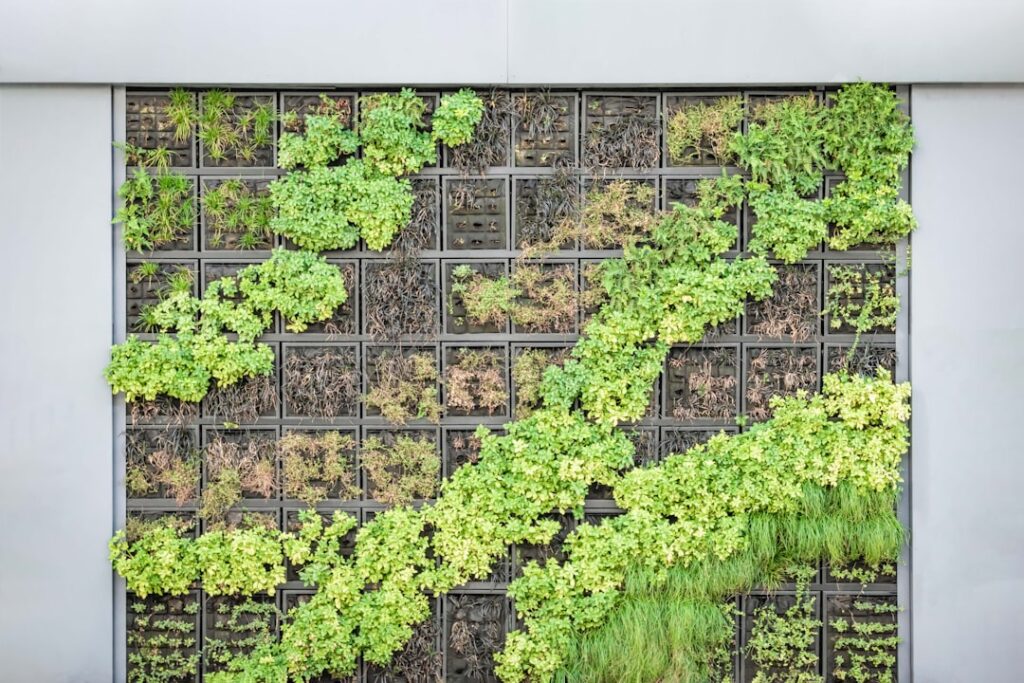Introduction
Urban living often comes with a shortage of outdoor space, but that doesn’t mean you can’t have a lush, green oasis in your apartment. Vertical gardens, also known as living walls, are an innovative solution for city dwellers craving a touch of nature. This step-by-step guide will help you create your own vertical garden, bringing a breath of fresh air into your urban space.
Step 1: Choose the Right Location
Finding the perfect spot for your vertical garden is crucial. Consider the amount of light the area receives daily, as most plants need at least six hours of sunlight. Walls near windows are often a good choice. Remember to take into account the proximity to a water source and the surface material of your wall. It should be able to withstand moisture and be strong enough to support the weight of your garden.
Step 2: Select Your Plants
When selecting plants for your vertical garden, think about the light conditions in your apartment and choose plants that will thrive in this environment. Succulents, ferns, and ivies are typically good choices for indoor vertical gardens. Also consider the growth habits of the plants you choose; plants that grow outwards rather than upwards will fill in the vertical space better.
Step 3: Design Your Garden
Before you start planting, sketch out a design for your garden. Consider the size, shape, and growth patterns of your plants. Be creative – this is your chance to make a living piece of artwork! You could aim for a symmetrical pattern, or go for a more organic, free-flowing design.
Step 4: Install Your Vertical Garden
There are various methods to create a vertical garden, including pocket gardens, trellis gardens, and even DIY options using upcycled materials like pallets. The method you choose will depend on your budget, the wall space available, and your personal preference. Once your structure is up, you can start planting. Ensure each plant is securely fixed and water your garden thoroughly.
Step 5: Maintain Your Garden
Maintenance is key to keeping your vertical garden healthy and thriving. Regular watering is essential – how often will depend on the types of plants you have chosen. You should also trim your plants to maintain your desired shape and prevent the garden from becoming overgrown. Lastly, watch out for signs of disease or pests and treat accordingly to keep your garden in tip-top shape.

